I was searching for some effective peak counter algorithm but couldn't find one that suits my needs:
- C-like language (it will be in PHP but I could translate from JS/C/Cpp)
- Data is not traversable forward
- Has static thresholds - detects peaks that are over 270 Watts AND those peaks are short so there is also a time restriction.
I already checked here: Peak signal detection in realtime timeseries data But that does not seem to be a viable solution for me.
Data has following format:
$a = [
'timestamp' = 1500391300.342
'power' => 383.87
];
On this chart there are 14 peaks. So i need algorithm to count them in loop. Surprisingly each peak can have more than 10 points. Peak is continuous array that keeps filling itself. There is access to at least 100 previous points but there is no access to future data.
I have also prepared Calc (ODC) document with 15 peaks and some example data. Here it is
So far I have simple algorithm that counts rising slopes but that does not work correctly (because there may be no slope over 270W, it may be divided to 5 points or jump may be too long to count as peak):
if ($previousLog['power'] - $deviceLog['power'] > 270) {
$numberShots++;
}
Thanks in advance, any tips could be help.

